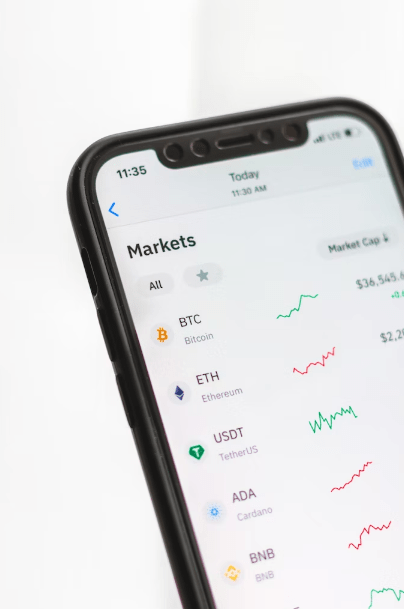What is the Martingale System and Can It Be Applied to Crypto?
When it comes to buying and selling cryptocurrencies, there are several trading strategies to deploy, especially if you plan to invest over the long term. One of the simplest places to start for newbie crypto investors is the Martingale strategy.
It’s by no means foolproof, as with all other financial investment strategies, but it has the potential to work in volatile crypto markets. Looking at the live price of Bitcoin, its value has plunged over 50% and then recovered from this, all within the space of 12 months. In fact, the Martingale system is arguably best suited for crypto investing in a bear market, with the aim of adding to long positions and biding your time for a sustained price reversal.
The roots of this betting system can be found in the iGaming industry. The Martingale strategy is most used on the casino table game of roulette. It’s a system which aims to retrieve losses on even-money bets, making the strategy eligible for the odd-even and red-black wagers on a roulette wheel. Even-money bets in roulette don’t change regardless of the variant of roulette on offer. For instance, American roulette, which is one of the most popular variations in the iGaming industry, still has odd-even and red-black betting options even if it has an additional double zero pocket.
When betting on even-money wagers on roulette, the concept is to double the size of your stake after every losing spin. The theory is that once you eventually land a winning spin, you’ll recoup all your losses from the previous spins and secure a one-unit profit.
So, how does the Martingale strategy work on a crypto investment?
Cryptocurrency investors have deployed the Martingale system a little differently to roulette players, but it still has the potential to work in a comparable way.
In crypto trading, Martingale works on a similar level to dollar cost averaging (DCA), as it’s designed to increase the size of your open position on a crypto asset when its value falls and thereby lowering your take-profit price on said cryptocurrency.
Martingale itself isn’t a form of trading strategy, so get those thoughts out of your head immediately. In fact, the Martingale system is more a form of trading bank management, controlling your management of potential returns.
Let’s say you invest $1,000 in Bitcoin at $30,000. Its price falls to $28,000 and you invest another $2,000. You then invest another $4,000 when BTC falls to $26,000. Your break-even price on Bitcoin is now nearer $27,500 – much lower than your initial entry, but you’ve needed to invest seven times the amount of capital to do so. In an ideal world, the price of Bitcoin recovers above $27,500 and you take your profit.
The Paroli system is a risk-averse roulette betting system based on Martingale, which may also be considered. Essentially, crypto traders increase the size of their investments in a crypto asset with existing profits rather than their trading capital. This would be an ideal money management strategy in a strong bull market where the price is showing no signs of stalling yet.
What are the drawbacks of using the Martingale system?
Ultimately, the biggest disadvantage of the Martingale plan is that it often requires investors to have very deep pockets. If the price of a crypto asset continues to fall below the price of your first order, you will need more and more money to double down on your position each time the price moves against you. Although cryptocurrency markets are highly volatile and do move up and down, there are never any guarantees the price will return to where you need it to be.
That’s why experienced traders using the Martingale system may choose to define a maximum loss on a single crypto position. If you don’t set a maximum loss figure, the danger is you’ll encounter more and more losses and eventually sink your entire trading capital into this losing position.
On the surface, the Martingale system for cryptocurrency investment can have an almost certain pay-off, so long as you have sufficient capital to absorb sustained losses. Trading fees can also be forgotten by investors as these will need to be absorbed into eventual gains. In summary, it’s a very simple yet high-risk system with minimal reward.
